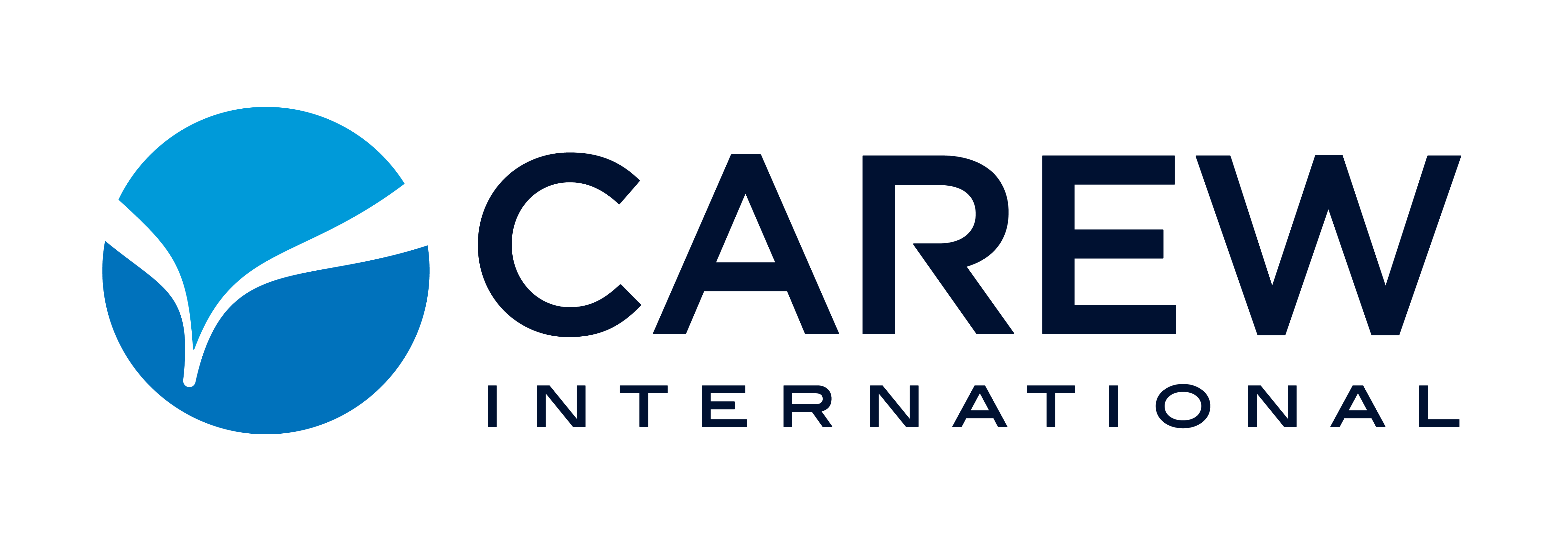In recent years, employee engagement has been one of the most critical aspects of corporate operations, especially considering widespread issues such as the skills gap. When staff members are not actively engaged in their responsibilities or professions, they will rarely be functioning at the most efficient and productive levels possible.
Leadership development programs should incorporate lessons related to employee engagement, as managers are best positioned to evaluate the performances and morale of staff members. Many businesses struggle in this department, which might represent an opportunity for other firms to get a competitive advantage through exceptional efforts.
Report reveals raw engagement statistics
Gallup’s latest State of the Global Workplace report, which offers insight into trends pertaining to over 100 different countries and areas around the globe, revealed that a mere 20% of employees are engaged at work, down from 22% in 2019. This lack of engagement costs the global economy US$8.1 trillion, nearly 10% of GDP, in lost productivity each year. These are staggering statistics, and although disengagement at work is likely indicative of high employee churn and staffing issues related to the COVID-19 pandemic, these problems existed long before COVID-19.
The benefits of strong engagement are vast. Gallup’s report found that business units with high employee engagement achieve greater productivity, elevated customer loyalty/engagement, better safety, lower turnover, and higher profitability, among other positive business outcomes (according to a study of more than 100,000 business units).
When engagement has gone awry, it might be an indication that leaders are simply not prepared or qualified to adequately manage talent. As such, leadership training can be a benefit for both corporate performances and employee engagement.
Recognize drivers
Managers play a critical role in employee engagement. In fact, Gallup found that managers account for 70% of the imbalance in team engagement and can positively influence their team by having honest, meaningful, and developmental conversations with team members. These conversations are often difficult and require proper coaching techniques and methodologies that can be learned through leadership development initiatives.
Part of the leadership development process should also include lessons related to identifying what drives engagement among teams and individual employees. Managers and supervisors will need to be able to discover these preferences and catalysts, then promptly move on them to ensure that employees remain happy and comfortable in their positions.
How wellbeing fits in
On the organizational level, Gallup states that the new measure of success is employee engagement coupled with a thriving wellbeing. The report explains, “Engagement reflects what happens at work. Wellbeing includes work and all other experiences. As this past year showed us so clearly, experiences outside work greatly affect work itself.”
To boost business performance and employee engagement in today’s workplace, leaders should do these five things:
- Develop their employees’ strengths to help foster long-term careers
- Create family-friendly policies and encourage friendships at work
- Provide financial services and education
- Celebrate successes right away
- Emphasize honest communication; Initiate candid coaching conversations
Companies must teach leaders how to communicate honestly, support professional development, and recognize achievements in real-time, as these are among the most common drivers of high engagement.

